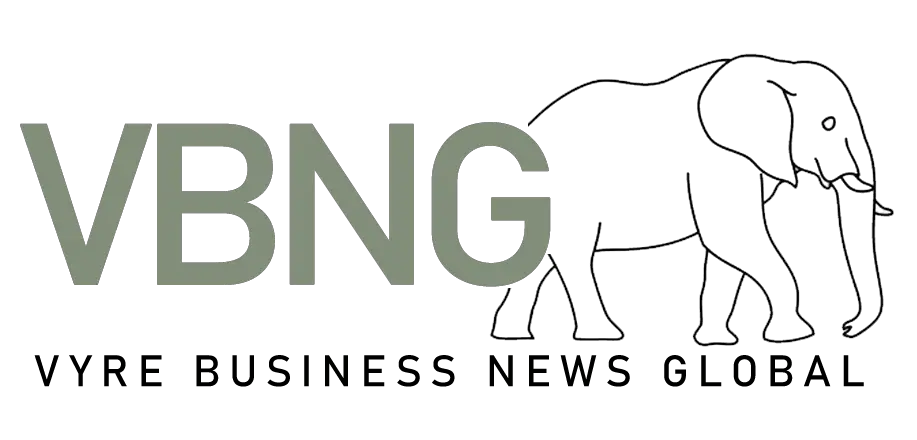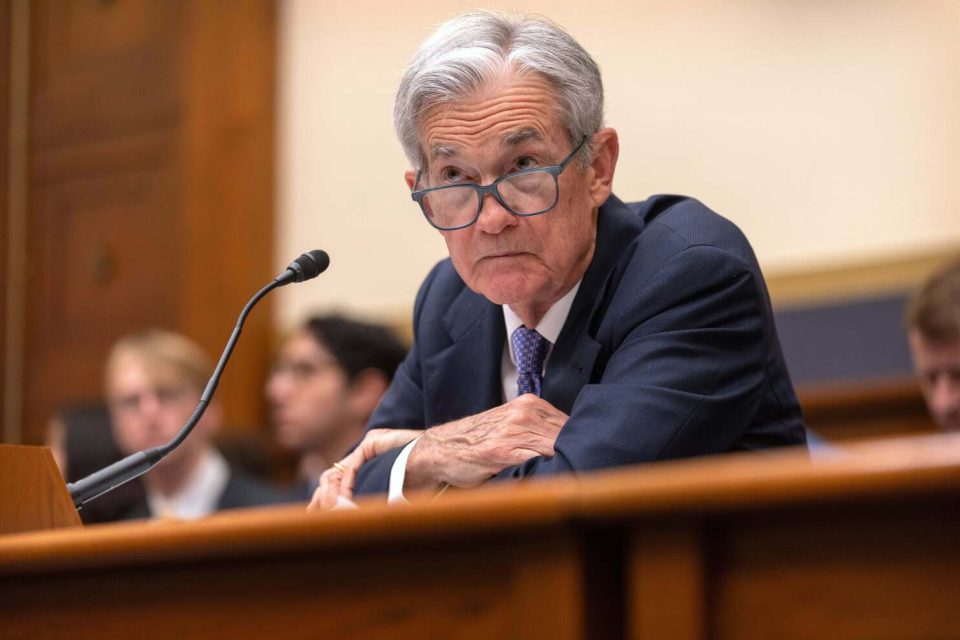Washington is no stranger to heated debates, but the relationship between the White House and the Federal Reserve is entering a new phase that goes well past the usual policy disagreements. The most recent salvo comes courtesy of Treasury Secretary Scott Bessent, who has made some pointed remarks suggesting the time has come to review the central bank’s overall function, not just its latest headaches about building renovations.
Bessent’s comments, made during an interview on CNBC, are already being parsed in financial circles. While the controversy about the Federal Reserve’s renovation budget may have been the headline in recent weeks, Bessent steered the conversation toward much bigger issues. He proposed that policymakers should take a step back and scrutinize the Fed’s broad responsibilities and performance, not just the day-to-day business of maintaining offices and updating facades. The secretary is not calling for a cosmetic audit, but rather something more meaningful, hinting that the current debate is an entry point to a long overdue reevaluation of the institution’s purpose and constraints.
Even in the best of times, calls to rethink the Federal Reserve’s function would provoke staunch defenders and sharp critics alike. But this public debate arrives in the context of what has become an increasingly testy relationship between the executive branch and the nation’s central bank. Disagreements are not unusual. However, as Bessent’s frank assessment underscores, the friction is more conspicuous and persistent than usual, seeping from private meetings into the public discourse. Washington insiders know that when behind-the-scenes irritation spills into televised interviews, something larger often lurks beneath the surface.
At the heart of the policy tug-of-war is inflation, or more precisely, the pace at which inflation has come down and what should come next. Bessent didn’t hold back on this point either. He backed the notion that the Fed probably should be easing monetary policy given that inflation is, by most measures, moderating. The suggestion is simple but powerful. Rather than merely letting rates sit in restrictive territory, the central bank might better serve the economy by taking action to lower borrowing costs. Bessent’s position reflects a broader sentiment among some in government and business: with price pressures abating, the risks of overtightening may now eclipse those tied to acting too soon.
The secretary’s measured push for policy easing is sure to find favor among borrowers and equity investors, but it also sets the stage for what could be a very public dispute about central bank independence. Historically, the Fed resists any hint of political pressure and insists on staying several steps removed from the chaos of partisan feuds. However, in moments when the economy appears at an inflection point, that dividing line is tested. The Biden administration, facing challenging approval ratings and a public anxious about the cost of living, is especially sensitive to critiques over economic management. That only intensifies the glare on every word out of Bessent’s mouth and every decision, whether action or inaction, at the Federal Reserve.
Meanwhile, inside the Fed, officials will insist that their decisions rest solely on economic data, not pressure from across Pennsylvania Avenue. Still, for anyone watching the past several months, Bessent’s readiness to say aloud what many discuss in private marks a shift. The comment reflects a sense that the status quo is not working to everyone’s satisfaction and pushes the discussion onto a bigger stage.
In the months ahead, expect to see an intensifying debate not just over old buildings or even inflation rates, but about the core role of the central bank in the American economy. Whether or not that leads to formal changes is anybody’s guess. But at a minimum, the conversation Bessent has sparked will force public officials, and perhaps all of us, to grapple with questions that have simmered for decades. That, more than any single policy move, could shape the next chapter for America’s central bank.

